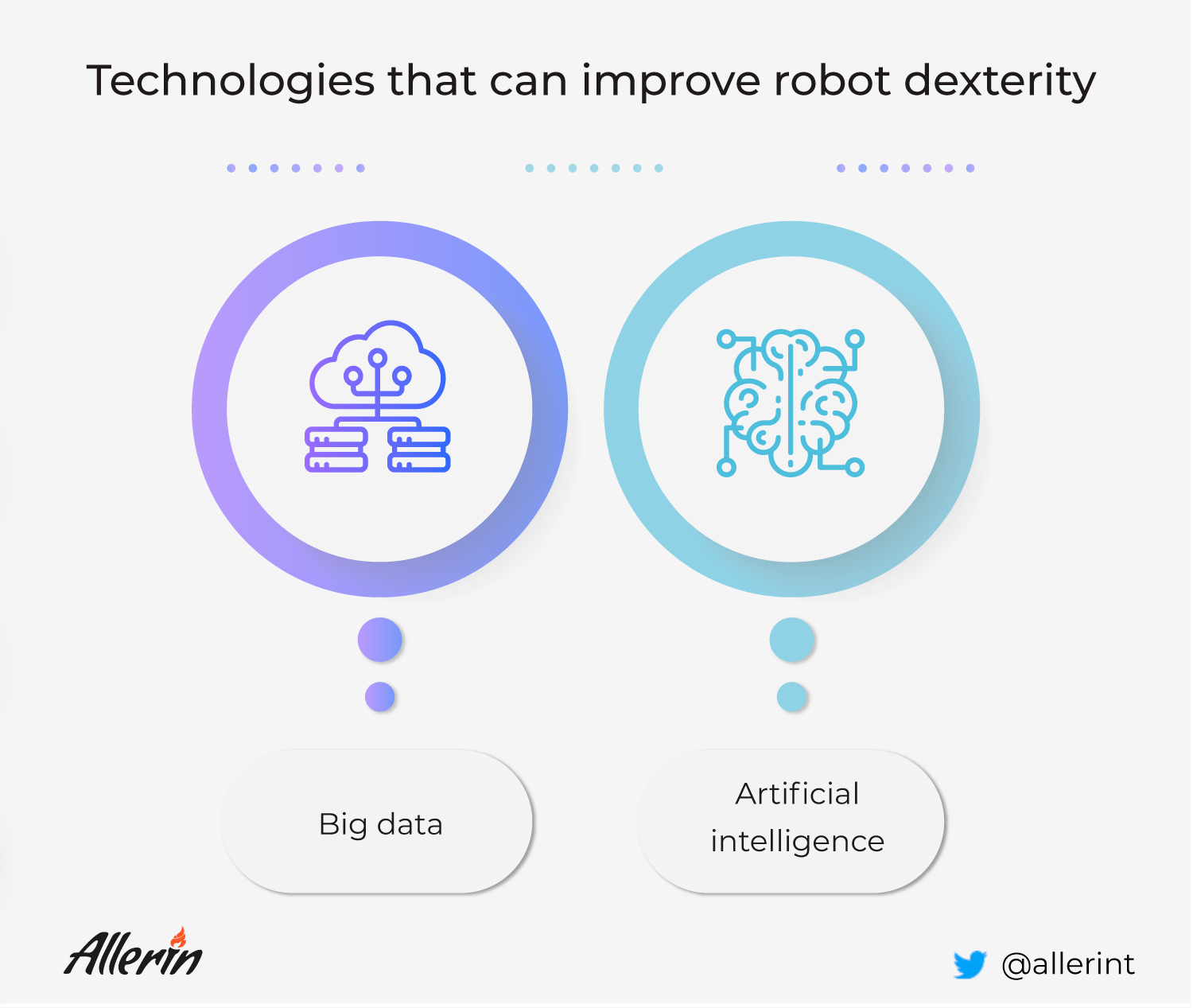
How to enhance dexterity in robotics applications?
Robotics applications are becoming increasingly advanced and sophisticated, requiring robots to perform complex tasks with precision and dexterity. Enhancing dexterity in robotics applications is crucial for improving efficiency, productivity, and safety in various industries such as manufacturing, healthcare, and agriculture. In this article, we will explore some strategies and techniques to enhance dexterity in robotics applications.
1. Improve sensor technology
One of the key factors in enhancing dexterity in robotics applications is improving sensor technology. Advanced sensors such as force sensors, tactile sensors, and vision sensors can provide robots with real-time feedback and enable them to more accurately perceive and interact with their environment. By integrating these sensors into robotics systems, robots can enhance their dexterity and perform tasks with greater precision.
2. Enhance control algorithms
Another important aspect of enhancing dexterity in robotics applications is developing advanced control algorithms. These algorithms govern the movement and operation of robots, allowing them to perform complex tasks with precision and accuracy. By optimizing control algorithms, robots can improve their dexterity and perform tasks more efficiently.
3. Implement soft robotics
Soft robotics is a growing field that involves the use of flexible and compliant materials to create robots with enhanced dexterity. By designing robots with soft and flexible components, such as artificial muscles and soft grippers, robots can perform tasks that require delicate and precise movements. Implementing soft robotics can greatly enhance dexterity in robotics applications.
4. Use machine learning and AI
Machine learning and artificial intelligence (AI) technologies can also play a crucial role in enhancing dexterity in robotics applications. By training robots to learn from their experiences and adapt to new situations, machine learning algorithms can help robots improve their dexterity over time. AI techniques can also enable robots to make real-time decisions and adjustments, enhancing their ability to perform complex tasks with precision.
5. Collaborative robotics
Collaborative robotics, also known as cobots, involve the integration of robots into human work environments to work alongside humans. By enabling robots to collaborate with human workers, cobots can enhance dexterity in robotics applications by combining the strengths of robots and humans. Collaborative robotics can improve efficiency, productivity, and safety in various industries.
Conclusion
Enhancing dexterity in robotics applications is essential for improving efficiency, productivity, and safety in various industries. By incorporating advanced sensor technology, control algorithms, soft robotics, machine learning, and collaborative robotics, robots can enhance their dexterity and perform complex tasks with precision and accuracy. As robotics applications continue to evolve, enhancing dexterity will be crucial for unlocking new possibilities and applications for robots.
Was this helpful?
0 / 0